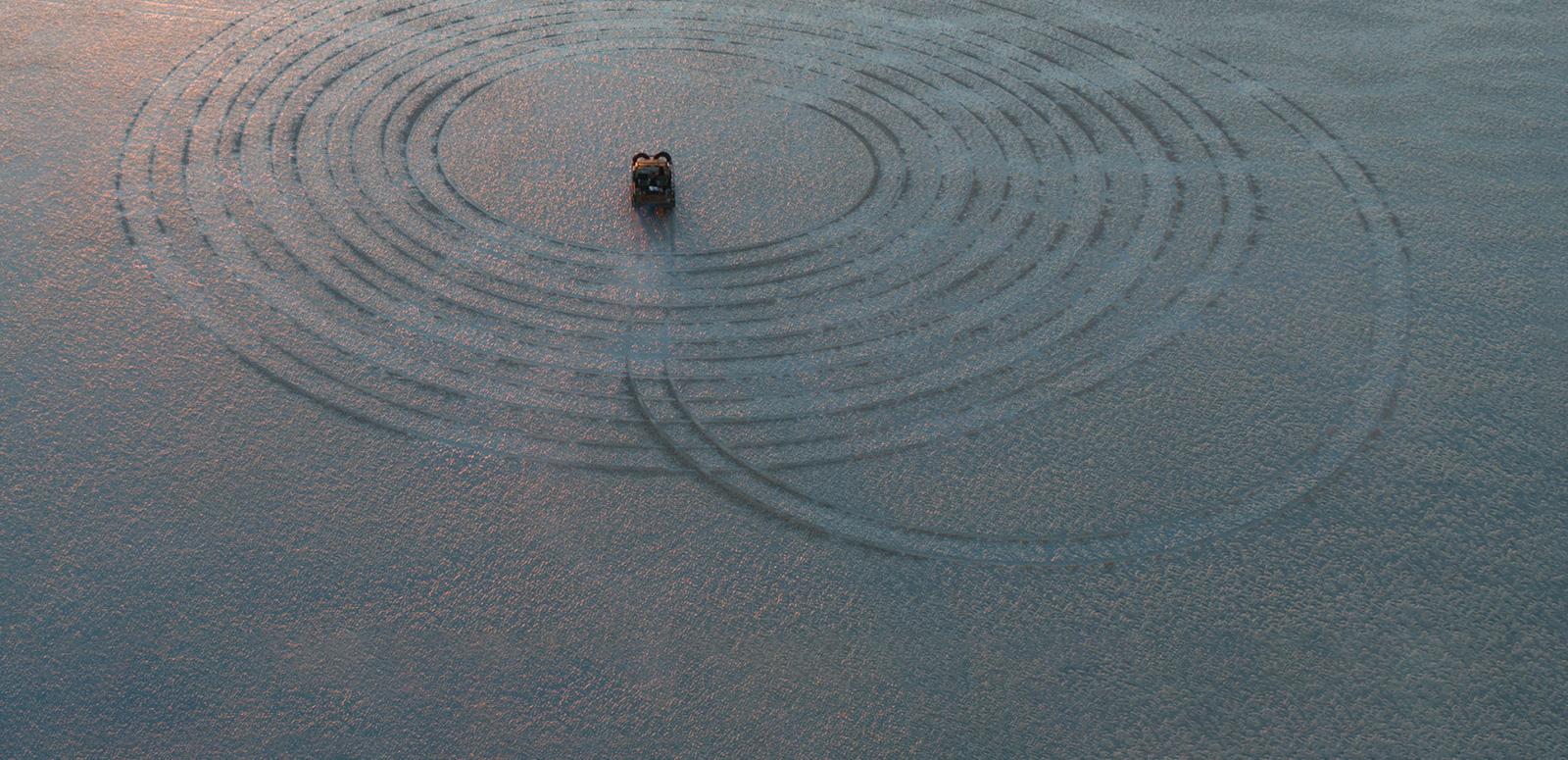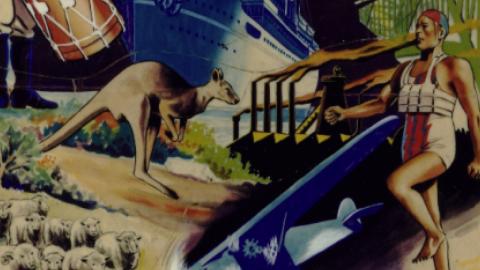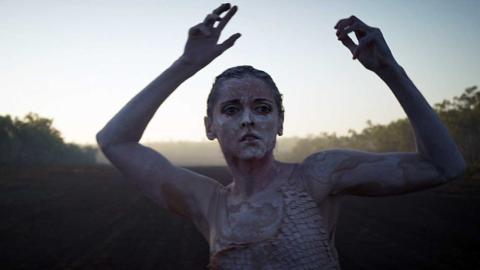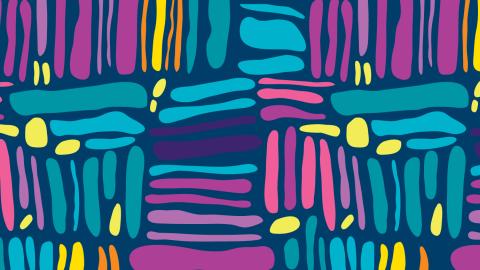

Statement of Reflection
NFSA Statement of Reflection
We believe in the power of audiovisual media to recover and preserve memory, to provoke thought and discussion around complex and challenging issues, and to promote understanding and fellow feeling amongst contemporary Australians.
Australia is the home of the world’s oldest continual living human cultures. Aboriginal and Torres Strait Islander cultures belong only to this continent and so are at the heart of our distinctiveness as a nation. Contemporary Indigenous audiovisual practitioners continue to inform and shape the national story by sharing the insights and experiences of Aboriginal and Torres Strait Islander people.
Australian collecting institutions such as the National Film and Sound Archive were established along European lines and are therefore part of our Colonial legacy. Principles and practices have imposed a European point of view on the national audiovisual collection, influencing the selection, description and use of items. Biases, assumptions and narratives have been imposed upon the voices of original storytellers. Even within the construct of a national collecting institution everyone must be free to tell their own story, and we need to open our practices to criticism and collaboration to make this a reality.
In the 21st century, we at the NFSA share a vision of Australia that acknowledges, explores, critiques and celebrates the modern nation we have become. By virtue of history, geography and migration, we are unlike any other community of people in the world. Part of this vision is our commitment to unpick these misleading and often damaging and hurtful impositions conscientiously and systematically. In doing this, we are also mindful of the history of the site of our headquarters in Canberra, the former Australian Institute of Anatomy, and the need for healing.
With the leadership and participation of Aboriginal and Torres Strait Islander people, communities and institutions, we seek to better understand the artefacts in our care, the cultural knowledge they contain, and how they can inform and enrich national culture for all Australians. Our partnerships with organisations such as AIATSIS, First Nations Media and the Strehlow Research Centre are already helping to move this agenda forward. Importantly, we believe part of our work is to return these materials to their communities of origin where they can be enjoyed and valued by their owners and by future generations, and where they may assist as needed in the ongoing work of recovering and enriching cultural practices and the revitalisation of language.
This will take time and patience and care and generosity of spirit. There are decades of custom and practice to wind back. But we are inspired, challenged and heartened by the Uluru Statement of the Heart and its invitation: 'to walk with us in a movement of the Australian people for a better future'.
The NFSA operates within Indigenous Cultural and Intellectual Property (ICIP) protocols.
This Statement of Reflection forms part of our commitment to the Australian Museums and Galleries Association (AMaGA) Indigenous Roadmap and the International Council of Archives (ICA) Tandanya Declaration on Indigenous Matters.
View the NFSA’s Reconciliation Action Plan.
Main image: Reflections – The Work of Warwick Thornton (Genevieve Grieves, Garuwa, 2021)
The National Film and Sound Archive of Australia acknowledges Australia’s Aboriginal and Torres Strait Islander peoples as the Traditional Custodians of the land on which we work and live and gives respect to their Elders both past and present.


